Housing Principles
Housing Principles
Built for Zero
S3 is a member of the Built for Zero movement, an internationally recognized model for systematically addressing homelessness to achieve functional zero.
The movement is made up of more than 100 cities and counties that have committed to measurably ending homelessness for entire populations. Using data, these communities have changed how local homeless response systems work and the impact they can achieve.
The goal is to achieve a milestone known as functional zero — an ongoing state where homelessness is continuously rare and brief. Together, cities everywhere are proving that we can build a future where homelessness is rare overall and brief when it occurs.
Built for Zero
Built for Zero
S3 is a member of the Built for Zero movement, an internationally recognized model for systematically addressing homelessness to achieve functional zero.
The movement is made up of more than 100 cities and counties that have committed to measurably ending homelessness for entire populations. Using data, these communities have changed how local homeless response systems work and the impact they can achieve.
The goal is to achieve a milestone known as functional zero — an ongoing state where homelessness is continuously rare and brief. Together, cities everywhere are proving that we can build a future where homelessness is rare overall and brief when it occurs.
built for zero
Housing Continuum
Ending homelessness takes coordinated action, creative solutions, and long-term commitment. Santa Fe faces a shortage of both affordable housing and supportive services.
The diagram below shows the range of housing options and services needed to meet the needs of people experiencing or at risk of homelessness. (image from RISE Housing)

Housing Continuum
Ending homelessness takes coordinated action, creative solutions, and long-term commitment. Santa Fe faces a shortage of both affordable housing and supportive services.
The diagram below shows the range of housing options and services needed to meet the needs of people experiencing or at risk of homelessness. (image from RISE Housing)

